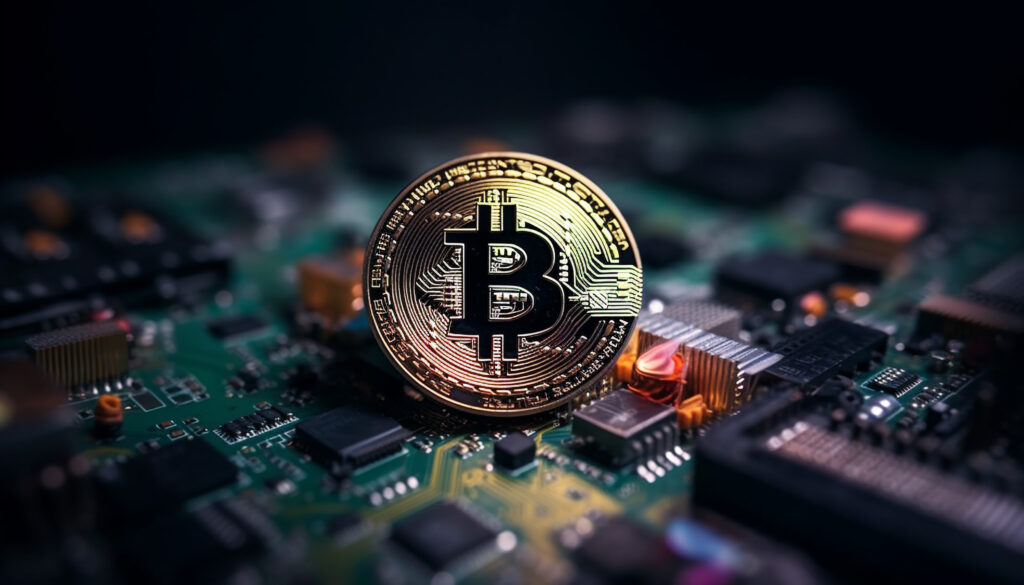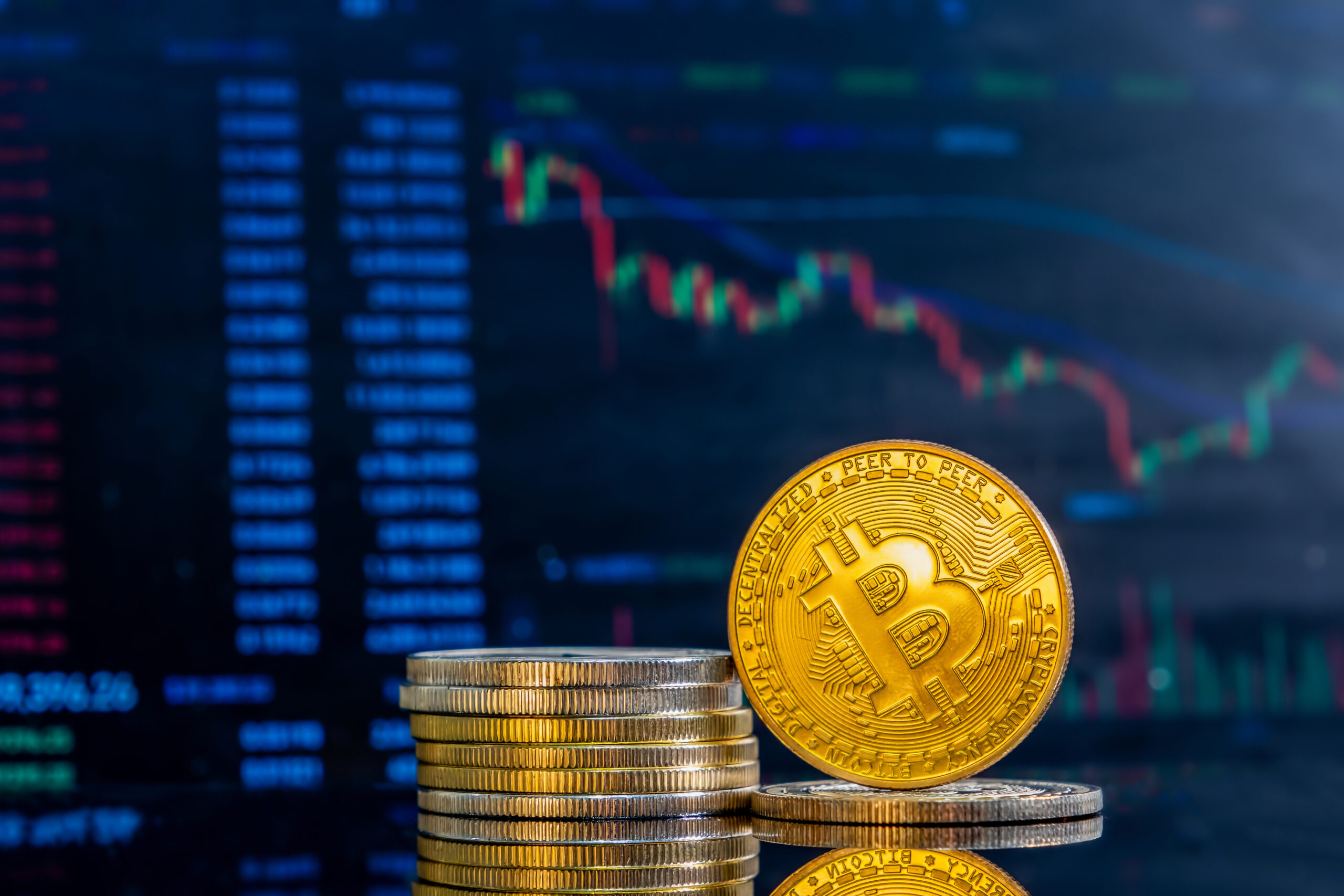What You Need to Know?
Cryptocurrencies such as Bitcoin, Ethereum or, most recently, Solana are household names in this digital age. But in order to get your hands on and trade those digital assets, you need a crypto exchange. If you are a novice looking to make your first purchase, or an experienced trader juggling a diverse portfolio of digital assets, knowing how crypto exchanges function is essential.
What Is a Crypto Exchange?
A crypto exchange is an online platform that enables its users to purchase, sell, and trade cryptocurrencies. These exchanges function very similarly to stock exchanges, except instead of using stocks and bonds as their investment medium, it’s digital currency.
Crypto exchanges are the plumbing of buyers and sellers up and down the stack, allowing price discovery and ensuring buyers and sellers can engage with each other in a secure context. Many also provide other services, like staking, margin trading, futures and access to NFTs.
Do you really need a Crypto Exchange?
Without exchanges, it would be hard for nearly everyone to obtain cryptocurrency. These platforms provide:
Wide range of digital assets available for trading
Real-time pricing and trading
Secure pockets to safeguard all of your wealth
Fiat -> Crypto payment gateways
Market analysis tools used in market trading
They’re the lifeblood of the crypto ecosystem, in short.
Types of Crypto Exchanges
Crypto exchanges fall into one of two categories: Centralized (CEX) and Decentralized (DEX).
Centralized Exchanges (CEX)
These are run by businesses and act as middlemen between the buyers and the sellers.
Examples: Coinbase, Binance, Kraken, Gemini
Pros:
High level of liquidity and rapid execution of any transaction
Simple and beginner-friendly interfaces
Customer service and fiat on-ramp
Advanced trading options (e.g., stop-limit orders, futures)
Cons:
Users don’t hold their private keys
Exposed to regulations scrutiny and hacks
Decentralized Exchanges (DEX)
DEXs are peer-to-peer exchanges which enables users to make trades directly from their wallets without a mediator.
Examples: Uniswap, Pancake Swap, Sushi Swap So-called “decentralized exchange aggregation” is the practice of swapping a pair of tokens across several decentralized exchanges at once, and then selecting the best quote for the trade.
Pros:
Full control of your assets
Lower fees
No KYC required
Cons:
Lower liquidity
Fewer user protections
Technical interface could overwhelm newcomers
Top Offers You Should Look for in a Crypto Exchange
Use the following points when selecting a crypto exchange:
Security
Seek out tools that offer:
Seek for the platforms that offer:
Two-Step Verification (2SV)
Cold storage for funds
Insurance against hacks
A list of other privacy-preserving methods using secure multi-party computation that we do not tell.
Ease of Use
You’d want a clean, simple interface too, especially for beginners. Popular exchanges like Coinbase and Kraken are friendly for new users.
Supported Coins
Some exchanges are limited to only the most popular cryptocurrencies, while others have hundreds of altcoins. Select the one that suits your investment objectives.
Trading Fees
Exchanges make money from trading fees. These could be:
Flat per trade
The maker-taker model on trading volume
Deposit and withdrawal fees
Shop fee structures before you invest.
Liquidity
More liquidity is better because trades are executed faster and at better prices. Binance and Coinbase are both popular for high liquidity.
Fiat Support
If you’re looking to purchase crypto with your local currency, such as U.S. dollars (USD) or euros (EUR), also confirm whether the exchange accepts fiat deposits through bank transfers, debit cards or payment apps.
Customer Support
Good customer service is important all the more so after a few weeks of market tumult. Find live chat, email, or at least phone support if possible.

Best Crypto Exchanges in 2025
Binance
Hundreds of Cryptocurrencies Supported businesswoman today/Getty Images
Advanced trading features and low fee
Coinbase
Ideal for U.S. beginners
Simple interface
Publicly Traded and Highly Regulated
Kraken
Known for top-notch security
Provides margin and futures trading
Open and equitable fees schedule
KuCoin
Great for altcoin trading
Integrated trading bots and spot trading services
Competitive fees
Uniswap (DEX)
Best for ERC-20 tokens built on Ethereum
No account needed
Decentralized and Free from Censorship
How to Begin With a Crypto Exchange
Step 1: Sign Up
Sign-up via your email and make a solid password. KYC is often required for centralized exchanges.
Step 2: Fund Your Account
Deposit using fiat (bank transfer, bank) or crypto. Some stores provide options for PayPal or Apple Pay.
Step 3: Buy or Trade Crypto
Select a trading pair (ex: BTC/USDT), a market or a limit order and trade your order.
Step 4: Secure Your Holdings
Potentially look into moving it into a private wallet, especially if you are just holding for the indefinite future.
Typical risks and how to mitigate them
Hacks: Trade on exchanges with good security practices and keep large holdings in cold wallets.
Regulatory Risks: Only use regulated platforms that abide by the laws in your country.
Scams: Stay away from platforms that guarantee profits or that engage in aggressive marketing.
Conclusion: How to select the right crypto exchange
Crypto Exchanges Crypto exchanges serve as the gateway to the world of digital assets. Whether you want to put money away for the long term, make prospective trades or just dabble, the right exchange makes a big difference.
Be sure to always keep your goals, risk tolerance and desired experience in mind. With the right platform, you can safely and securely explore everything from Bitcoin to NFTs.
